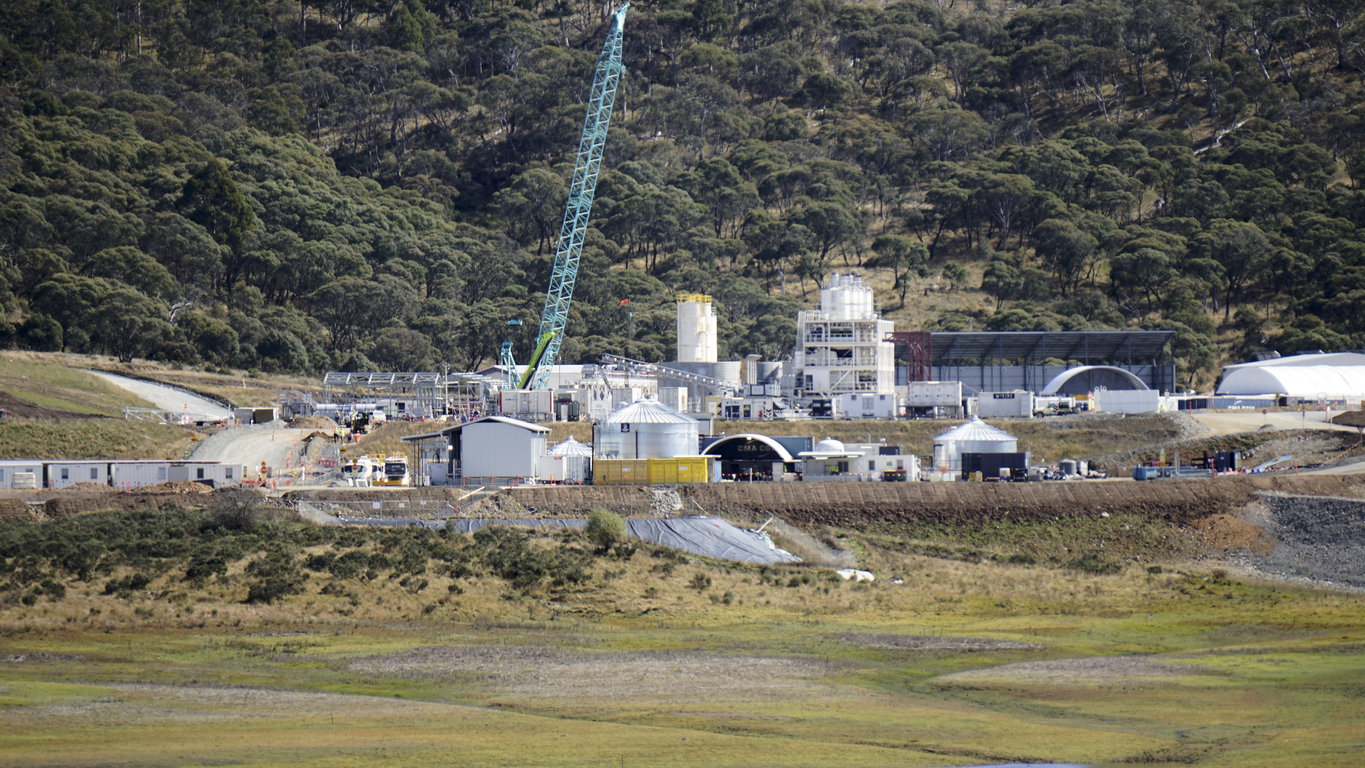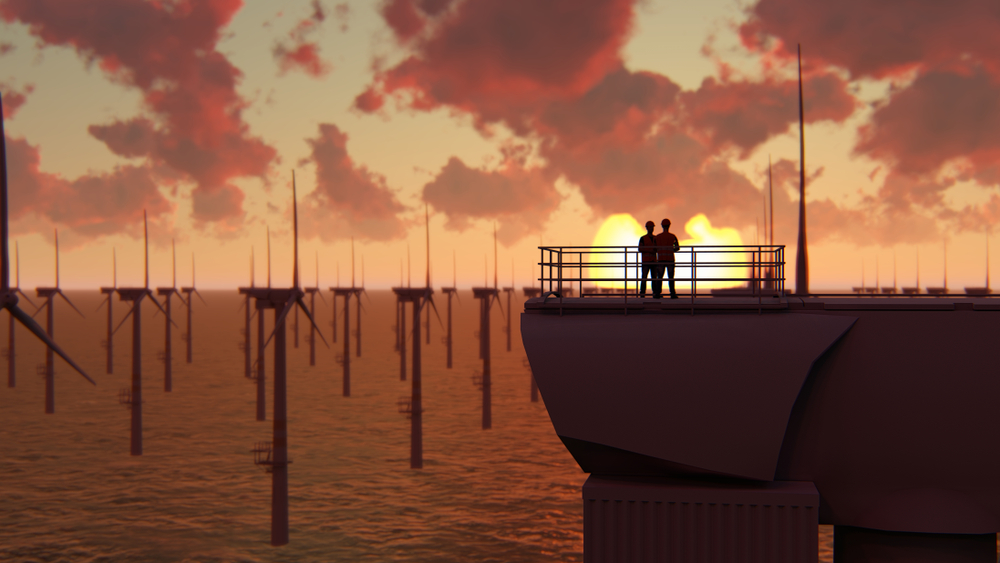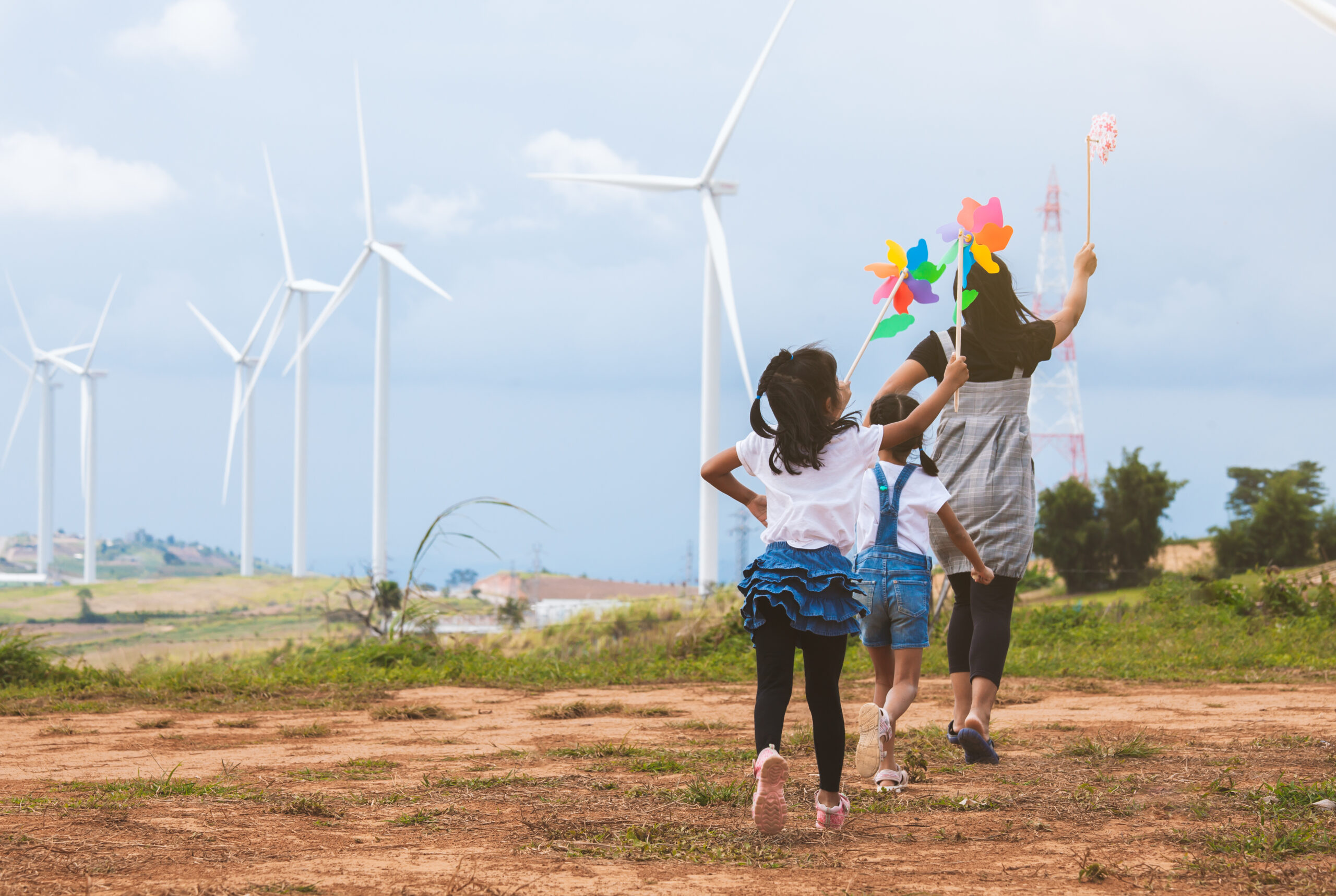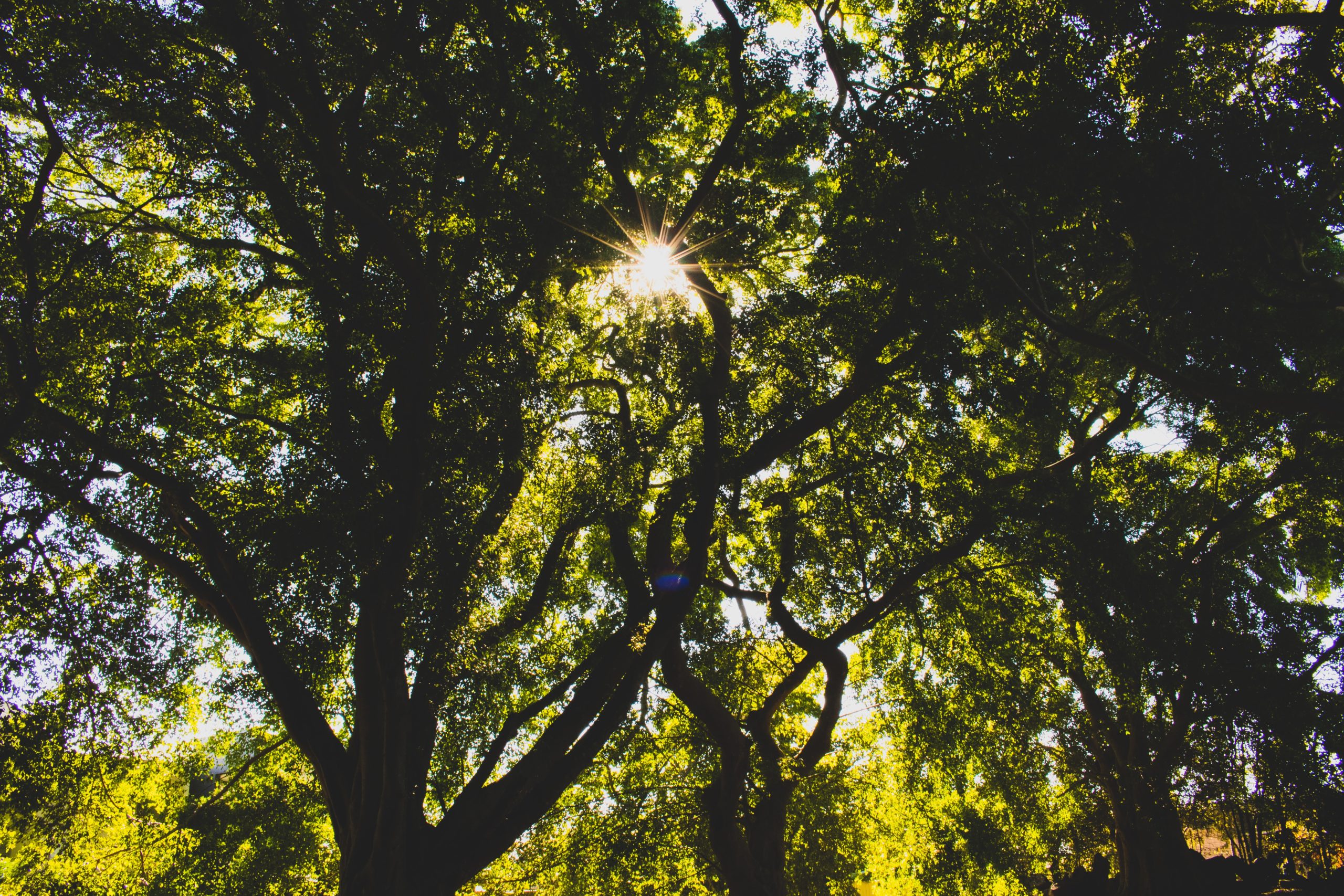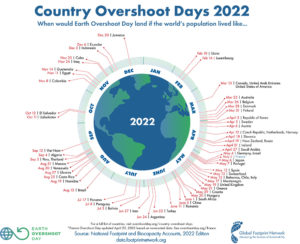Since the beginning of construction, Snowy 2.0, a pumped storage power station, has faced a variety of challenges and issues, including the tunnel boring machine getting stuck late 2022 and the project being well over budget, more than double the previous estimate, and six times the ballpark figure given by Malcolm Turnbull.
Despite these setbacks, rock conditions are currently good, and in a year’s time, the project is forecasted to have created an underground cavern that should be big enough to accommodate a 22-story building. This will house the $12b 2.2GW system with a storage capacity of 350,000MWh (159 hours at full power), which is forecasted to reach full commercial operation by December 2028.
Snowy Hydro CEO Dennis Barnes stated they are approximately 51% of the way to completing the project, but there is still a lot to de-risk going forward.
The tunnel boring machine Florence, which got stuck in September 2022 due to unexpected soft ground, was stuck only 140 metres into its 16-kilometre journey. Florence has begun to move again in December 2023, but moving at a rate of 6 metres per day. In order to stay on target, Florence will need to pick up the pace to 12 to 15 metres a day.
According to Barnes, Snowy is considering a fourth boring machine to ensure the project will keep on the revised target, with the decision being made in the following months.
Projects such as Snowy 2.0 providing long-term storage are crucial for the energy transition in the NEM, being able to provide firming capacity during solar and wind droughts, which will inevitably occur. This will allow for the retirement of coal units, as well as allow for a total of 6.6GW of new renewables into the system.
Even with the need for such projects, the project has faced backlash due to the cost blowing out considerably higher than initial estimates, particularly when the additional $8.5 billion of connecting transmission to the north and south is included.
Despite the range of challenges faced by Snowy 2.0, including budget blowouts, difficulties with the tunnel boring machine, and delays, the project is showing progress and plays a key role in achieving Australia’s renewable energy targets.
